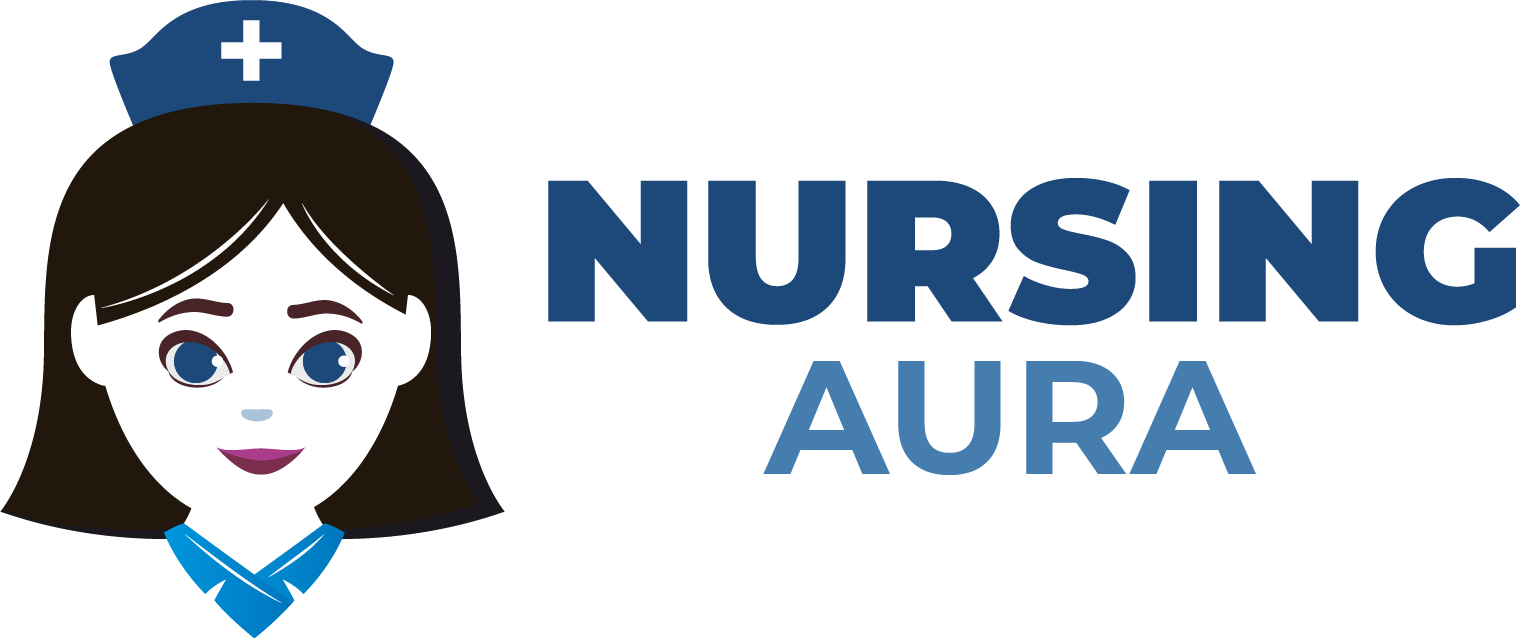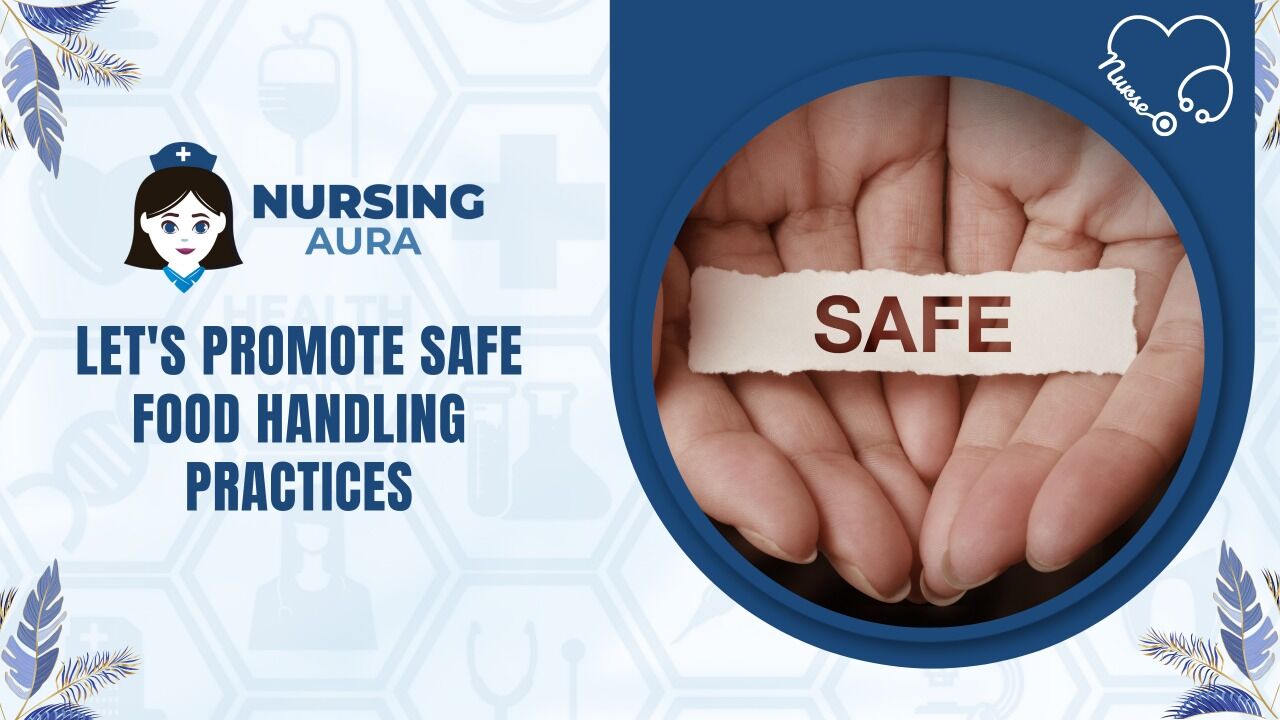All food items can be safe if they are handled properly. By adhering to a few simple guidelines, the majority of instances of food contamination can be prevented. Handling food correctly and safely is essential for preventing food-borne illnesses. Let’s examine the safe methods for handling food, which are:
- Food preparation in a sanitary manner.
- Serving food in a sanitary manner.
- Preventing bacteria from spreading through cross-infection.
- Practices to adopt and avoid.
- Serve meals in an appealing and hygienic manner.
- The significance of observing safe food handling procedures.
From the time food is made until it is served, food safety and hygiene should be the number one priority. Administrators of food businesses must remember that they are required by law to guarantee that all employees who handle food receive appropriate training in safety and hygiene issues pertinent to their job duties.
There is limited edge for error throughout all phases of food handling, including processing, preparation, storage, transportation, and sale. Also notice that if you prepare high-risk food sources, the required standards will be far more stringent than if you only prepare low-risk food sources.
- Prevents people from becoming unwell.
- Protects the reputation of your business.
Food treatment can occur during;
- Chopping
- Cooking
- Preparation
- Cooling
- Serving
- Acquisition
- Reheating and
- Storing
General guidelines for safe food handling:
Hand cleaning
Cleaning one’s hands before entering a kitchen is essential. Easily, bacteria can travel from the food we touch to doorknobs, plates, and other surfaces. Handwashing is superior to other methods for preventing the spread of germs between humans.
Gloves
Gloves are useful for limiting unprotected contact with cooked and ready-to-eat foods. They serve to protect both the food and the individual (for example, they can be utilized to cover bare skin or shield hands from the hazard of creating skin conditions).
However, they can become contaminated with microorganisms in the same manner as hands. They are not a replacement for personal hygiene and handwashing. Always replace your gloves after completing a work.
Don’t:
- Wipe your hands on your kitchen apron.
- Cook while wearing loose clothing.
- Wear untidy attire when working in the kitchen.
Knife and sharp object use for slicing and chopping
Always safely manipulate knives and other sharp objects. Accidents using knives are prevalent in the kitchen and typically include injuries to the other hand and fingers.
Always, when using a knife in the kitchen:
- To avoid cutting oneself while slicing on a slashing board, maintain a safe distance.
- Make cuts on a stable surface.
- Perfect, clean, and lubricant-free cuts will help you get a tighter hold.
- Place them in a separate knife block or wooden shelf. In this approach, you may help maintain the sharpness of the edges by keeping them away from objects that can dull them.
Children
Try not to allow children and individuals who are not cooking to wander or loiter in the kitchen.
Workstations
Ensure that the surface you are working on is clean and that all equipment is prepared for use; this will go a long way toward ensuring that they are free of harmful or destructive microorganisms.
Jars
Always clean the top of the food container before using it. Remember that once the can has been opened, any remaining food should be immediately placed in food-grade containers and refrigerated.
Can openers
Since it is possible for food to remain on a can opener after it has been used, it is recommended to clean it after each use.
Plates
Never place cooked food on a dish that previously held raw meat, poultry, or fish that has not been washed.
Broilers
Close broiler doorways immediately after removing or adding food items.
Meat and chicken
Keep meat and poultry in their packaging until they are ready to be consumed.
Towels and disposable wipes
Regularly replace and launder dish towels and wipes to prevent the spread of hazardous microbes throughout the kitchen.
Avoid using wet textiles when lifting hot objects or equipment.
Unprotected food
Do whatever it takes to avoid leaving food exposed for an extended amount of time.
Chopping boards
Use distinct cutting boards, dishes, and cooking equipment for raw and cooked meats and vegetables.
Plates
When caring for plates, ensure that fingers do not come into contact with eating surfaces.
Unused sauces
Separate unneeded condiments, marinades, and sauces from leftovers.
Ornaments
When working with food, avoid wearing watches, rings, arm bands, and other accessories. Germs can hide below them or, even worse, they can contaminate the food.
Oven mitts
When removing hot dishes from an oven or microwave, use mittens. Avoid using a wet mitt, as it can pose a concern if the moisture is warmed.

